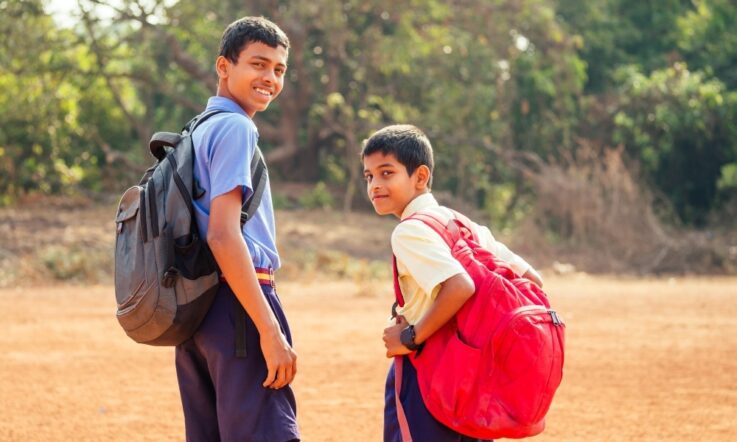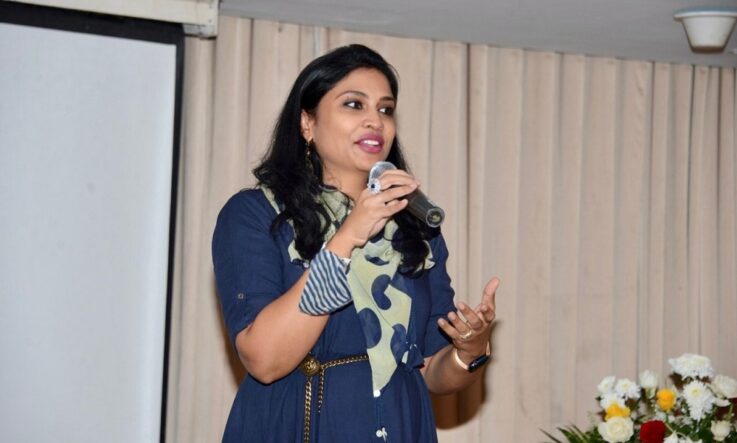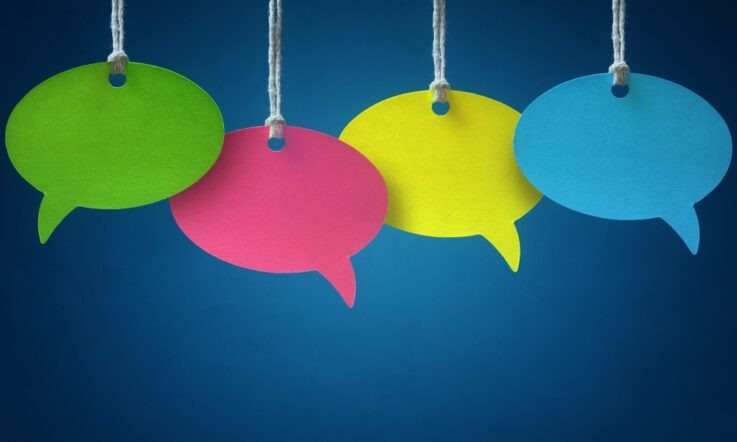The COVID-19 pandemic has posed new challenges for all learners but some students are more affected than others. Dr Amrita Vohra, Education Director of GEMS India and Executive Principal of GEMS International School, Gurgaon, discusses opportunities and challenges to providing inclusive learning environments that allow all students to make satisfactory learning progress.
What are your thoughts on inclusive education?
Each child is unique; thus, schools must ensure that every child learns and progresses in their learning over time. Genuine inclusion requires rethinking of teaching-learning processes from an outcome-oriented learning perspective.
In order to personalise the learning experience of each learner, learners must be placed at the centre of learning. Each learner’s needs, achievements, challenges, and perspective must be understood in detail to develop bespoke teaching strategies.
In addition, differentiated instruction should be built into teaching and learning processes. Students need to feel adequately challenged and motivated at all levels.
Alongside this, Individualised Education Plans (IEPs) and Individualised Behaviour Plans (IBPs) may be needed for children who need specialised support. Teachers, special educators, and parents are involved in the preparation of these plans.
Our inclusive education handbook for school staff and parents highlights the above points and key strategies for making our institution an inclusive school.
How does an inclusive learning environment help ALL students learn?
In a truly inclusive learning environment, every child feels supported academically and emotionally. We continuously strive to support every student by creating individual learning plans to help them overcome learning challenges. In this, data plays a key role as decisions and plans are effective only when they are based on factual qualitative as well as quantitative evidence.
Let me share stories of two of our students. One student diagnosed with profound and multiple learning disabilities (PMLD) found it genuinely difficult to concentrate on academics.
We have modified the curriculum for her, and she is learning at her own pace and in the manner that works best for her. She has devoted herself to a career in sports.
Another student endured a long-term medical condition and had to undergo prolonged treatment. During this time, she needed specialised academic as well as socio-emotional support. The school counsellor, special educator, and her teachers devised a learning plan in consultation with her parents. This not only helped to ensure academic continuity, but also led to her quick recovery.
How can data support the learning of ALL students?
School leadership and teaching teams should ensure:
- the triangulation of student-attainment data wherein anecdotal and qualitative along with quantitative data and external benchmarking assessment data are analysed to understand the vertical progression of every student
- 360-degree evaluation so that students’ self-evaluations remain central but peer-evaluation and parent-evaluation alongside teachers facilitation support are optimally utilised
- Special educational needs (SEN) aspects are adequately captured and analysed as they provide reasons for dips and surges in student-attainment and help in undertaking a solution-based teaching approach
- the use of assessment data and findings to genuinely inform and regularly review learning, teaching, and progress.
What about professional learning courses for teachers on inclusion?
Professional development for teachers is effective only when it is continuous and deeply embedded within the school culture.
Research tells us that professional learning communities at the school level are one of the most effective ways of creating a culture of joint practice development. Our courses on inclusion and practice are embedded in the school’s CPD system.
The Inclusion Manager and the Special Education team regularly conduct workshops for teachers as well as parents. Apart from domain experts, teachers are often seen to take the lead and the sharing of good practices is entrenched in the school’s culture.
What could be some ways to support those groups of students who are slipping in their learning?
Every school needs to focus on qualitative as well as quantitative data-analysis at each step of the academic cycle.
Technology can be a major enabler in terms of data-recording and tracking. What is currently missing is focused analyses and the use of data to inform learning and teaching practices. Very often data from Assessment for Learning (AfL) or Assessment as Learning (Aal) are recorded but not used to inform classroom practice. This is the reason why some students fall through the cracks in the system.
Differentiated instruction and collaborative learning have to be deeply embedded in a school’s pedagogical practices. Some students may need pre-teaching if the learning gaps are wide − a method more effective compared to re-teaching. Besides, self- and peer-assessment and metacognitive goal-setting help students take sincere ownership.
How does one engage with parents to help groups of learners?
When there is a specific learning difficulty or any other special need, given the social stigma and the lack of awareness, the acceptance of this situation is difficult for parents.
One of the toughest challenges that all educators face is parents’ ‘denial’ of their child’s disability. We conduct fortnightly calls with parents to help them understand strategies followed to support the education of their child. The call is organised by the special educator, the concerned subject teacher, the school counsellor, and also joined by a senior member of the school leadership team.
Students’ IEP and IBP should ideally be designed in consultation with their parents so that both students and parents take ownership in the process leading to successful implementation of the plans. It takes patience but is definitely worth all the effort.
What are some of the challenges in ensuring inclusive education?
Inclusive education needs a radical shift in the culture of schools and society at large. A heightened degree of sensitivity and compassion among all stakeholders will help combat discrimination against certain groups of learners. Another challenge is the scarcity of well-trained staff who genuinely understand inclusive education and are able to apply inclusive strategies in classrooms.
What should schools do to promote inclusive learning after they reopen?
Students have had insurmountable learning losses in this pandemic. It is critical to deliver bridging programs for groups of children as schools reopen. School closures have particularly affected children in early childhood and early primary education.
Children at all learning levels need personalised learning more than ever before. Schools need to set up data-based systems and ensure effective professional preparedness of faculty to close learning gaps. The hybrid model of teaching requires specific kinds of preparations − infrastructural as well as pedagogical.



